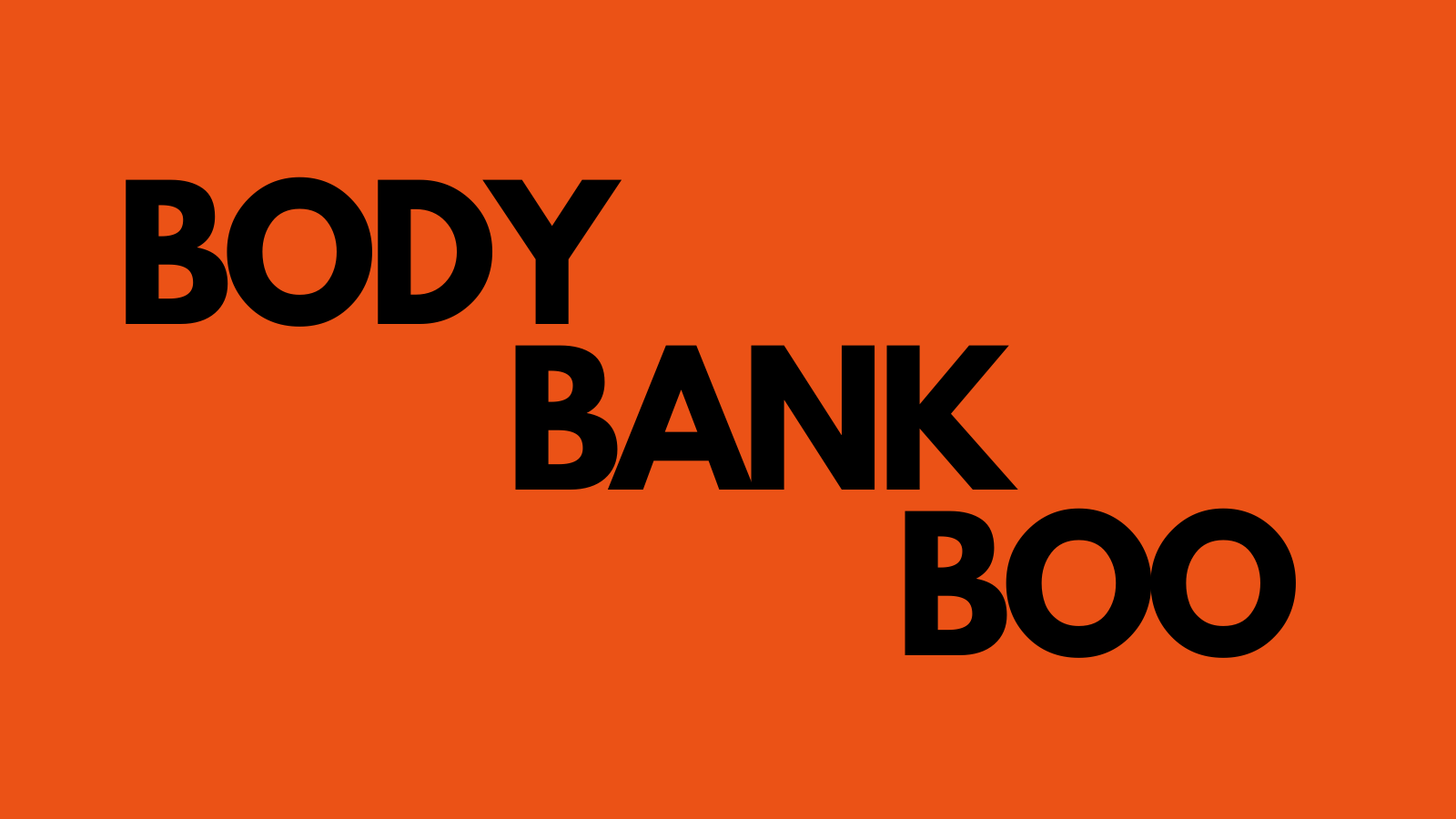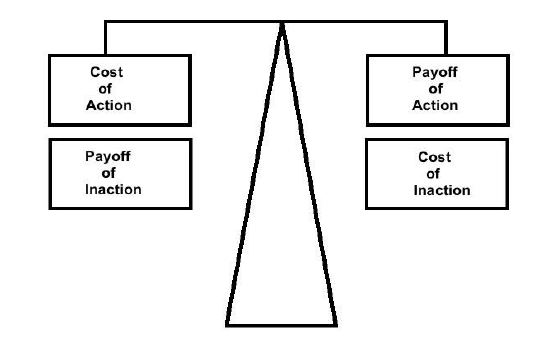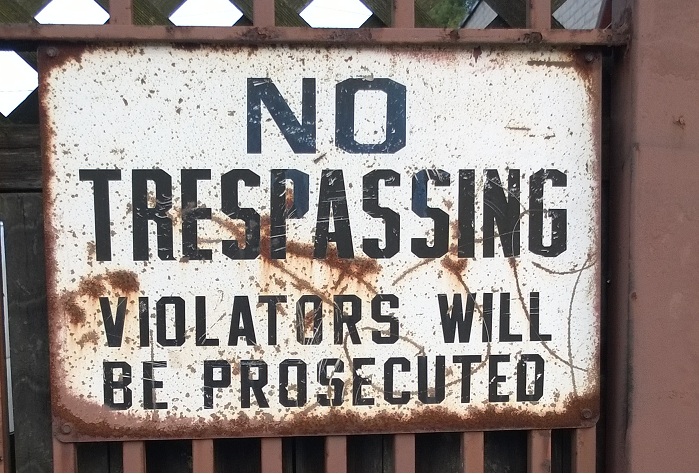Your life is about to get a little easier, my friend.
Starting today.
I’m going to remind you about something you may already know…
Then I’ll share a distinction you may have never thought of. One that could seriously simplify your sales and marketing efforts.
Let’s dive in.
As a student of the persuasion game, I’m sure you already know that emotions drive buying decisions.
If you have never heard this before, today’s your lucky day. Because now you know.
If you thought the air-tight logic of your sales argument is what seals your deals, today’s your lucky day. Because now you know better.
(If you feel the need to cling to this theory, check out where you swipe your own credit cards. You’ll see your feelings’ fingerprints all over the receipts.)
Here’s an old video covering this in greater detail, along with 5 specific emotions worth targeting.
The question that naturally comes up is…
How do you create emotion with copy? – especially when your product or service is “boring”?
Which is just one way we make sales and marketing more complicated than it needs to be.
The solution is simple.
Talk about topics your ideal customers are already emotional about. The stronger the emotions, the better.
To make it even simpler, I refer you to Body, Bank and Boo.
Everyone already has strong feelings, positive or negative, about their:
- Body (physical, mental and emotional health)
- Bank (making or saving money, other work-related stuff)
- Boo (love life and other relationships)
They already have:
- dreams and desires…
- pains and problems…
- fears and frustrations…
…about their Body, Bank, and Boo.
Get familiar with your should-be customers. You’ll discover which Body dreams… which Bank problems… which Boo frustrations they have the strongest feelings about. Which they’re most desperate to address.
See how that works?
You don’t have to be very creative. You don’t have to be a Donnie Bryant-level copywriter. And you don’t have to resort to overhype or dishonesty to get your prospects in the buying mood.
They’ll tell you how to get them in the mood.
Get to know them and then show them how you can help them get the Body/Bank/Boo result they’re already emotionally invested in achieving.
Every effective sales and copywriting strategy is a variation on that.
My advice? Keep it simple… and keep leading the way.
Have a productive day!
Donnie
P.S. Trying to generate emotions in your copy ex nihilo is almost like trying to divert a freight train hurtling down the track.
Why put yourself through that?
Tap into the momentum that’s already there. It’s easier, and more likely to take you smoothly to the desired destination.
Body, Bank and Boo.
Simple.









